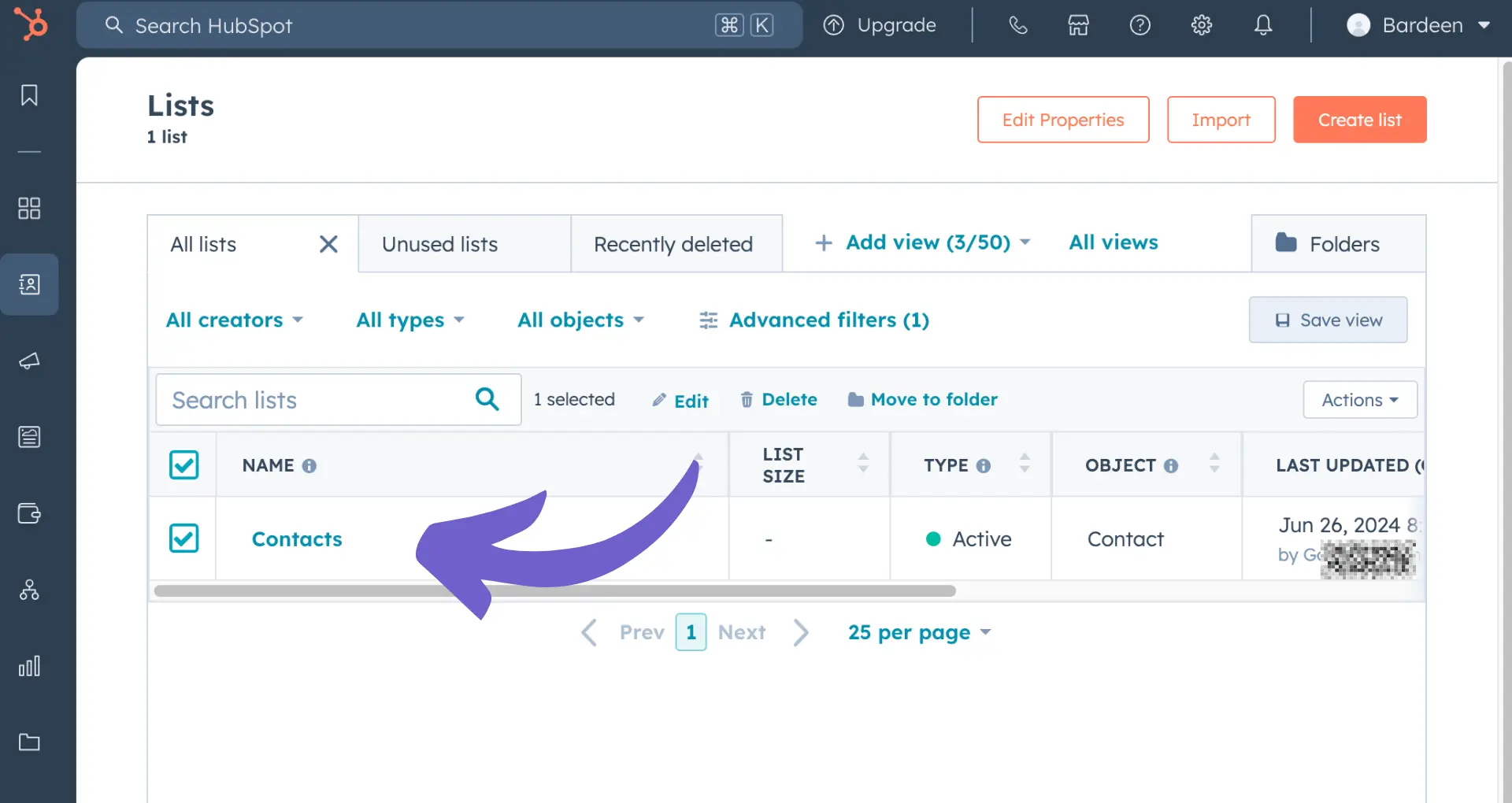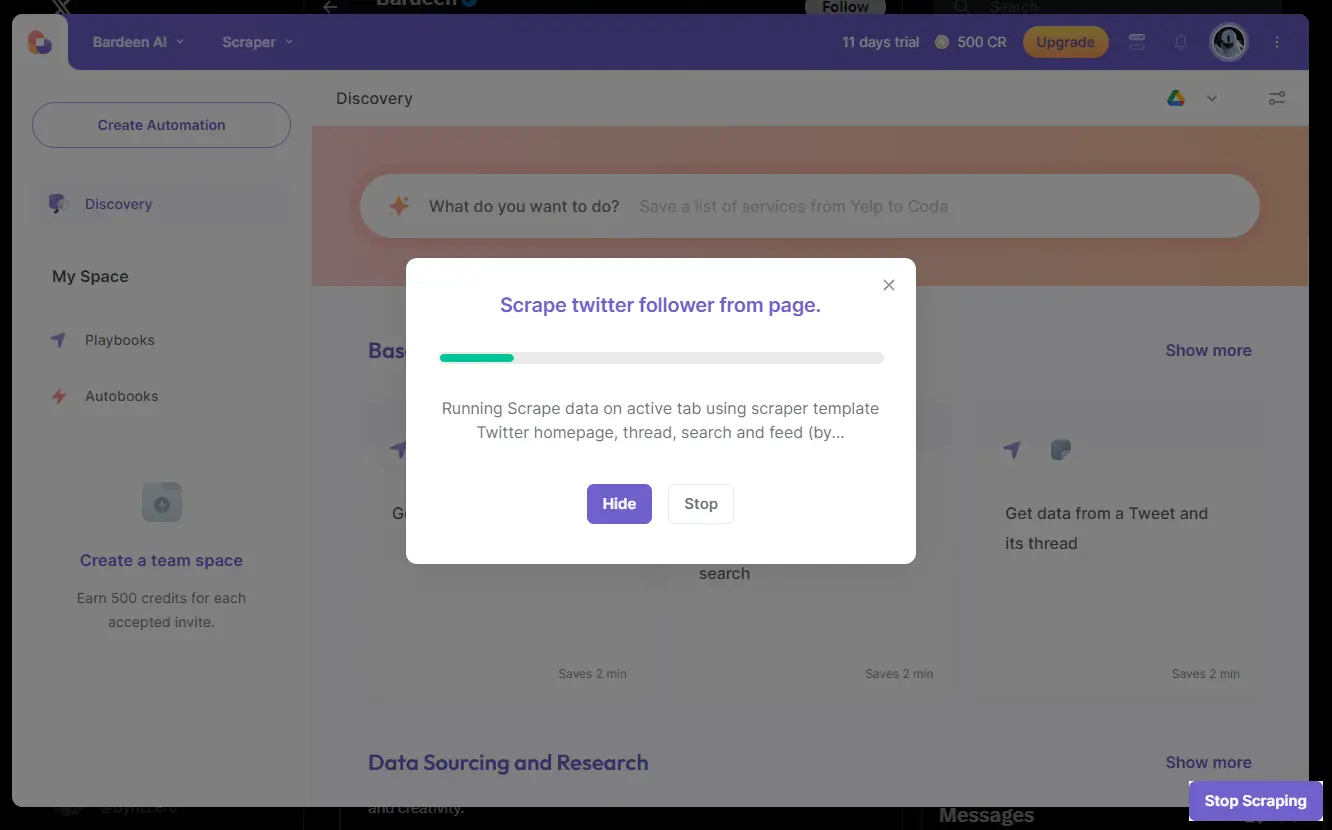Outbound marketing automation is a game-changer for businesses looking to scale their outreach efforts. By leveraging technology, you can personalize your messaging, reach more prospects, and close more deals in less time. In fact, studies show that companies using automation for lead nurturing see a 451% increase in qualified leads. Ready to take your outbound marketing to the next level? This comprehensive guide will walk you through everything you need to know, from the basics of outbound marketing automation to advanced strategies for maximizing your ROI. Whether you're a seasoned marketer or just getting started, you'll find actionable insights and practical tips to help you succeed. So, let's dive in and discover how outbound marketing automation can transform your business!
Outbound Marketing Automation: The Basics and Benefits
Outbound marketing automation streamlines the process of proactively reaching out to potential customers. It enables businesses to communicate with prospects at scale, without the need for constant human intervention. Here are the key benefits:
1. Improved Efficiency
Automation eliminates manual, repetitive tasks like sending emails, making calls, and scheduling follow-ups. This frees up your sales and marketing teams to focus on higher-value activities, such as closing deals and developing strategies. To learn more about automate sales prospecting, check out our resources.
2. Personalized Communication at Scale
With outbound marketing automation, you can send targeted, personalized messages to a large number of prospects simultaneously. By segmenting your audience and tailoring your messaging, you can increase engagement and conversion rates. For effective cold outreach strategies, visit our guide.
3. Consistent and Timely Follow-up
Automated systems ensure that no lead falls through the cracks. You can set up triggers and workflows to send follow-up messages at the right time, based on a prospect's behavior or predefined intervals. This helps keep your brand top-of-mind and nurtures leads through the sales funnel. Learn how to automate outreach follow-ups effectively.
4. Data-Driven Optimization
Outbound marketing automation platforms provide valuable data and analytics on the performance of your campaigns. You can track open rates, click-through rates, and conversion rates to identify what's working and what's not. This allows you to continuously optimize your outbound strategies for better results. Explore sales prospecting tools for more insights.
Essential Outbound Marketing Automation Tools and Technologies
Outbound marketing automation tools streamline the process of reaching out to potential customers at scale. These tools fall into different categories, each serving a specific purpose in the outbound marketing automation workflow.
1. Email Automation Platforms
Email automation platforms enable marketers to create, schedule, and send personalized email campaigns to a large number of prospects. These tools often include features like email templates, A/B testing, and performance analytics. Examples of popular email automation tools include Mailchimp, Constant Contact, and ActiveCampaign.
2. Sales Engagement Software
Sales engagement platforms help sales teams manage their outbound outreach efforts across multiple channels, such as email, phone, and social media. These tools provide features like automated sequences, personalized messaging, and activity tracking. Leading sales engagement platforms include Outreach, SalesLoft, and Groove.
3. Data Enrichment Services
Data enrichment services help businesses enhance their lead and customer data by appending additional information, such as company size, industry, and contact details. This enriched data enables more targeted and personalized outbound marketing efforts. Examples of data enrichment providers include ZoomInfo and FullContact. For more detailed lead enrichment, automate enrichment and qualification with AI tools.
When evaluating outbound marketing automation software, look for key features such as:
- Integration capabilities with your existing CRM and marketing tools
- Customizable automation workflows to match your specific outbound process
- Robust analytics and reporting to measure the success of your campaigns
Maintaining high-quality data is crucial for the success of outbound marketing automation. Regularly cleaning and updating your lead and customer data ensures that your campaigns reach the right people with the right message.
The right mix of outbound marketing automation tools can help you reach more prospects, personalize your messaging, and ultimately drive better results.
With Bardeen, you can effortlessly automate sales prospecting to save time and increase efficiency.
In the next section, we'll explore how to develop and implement an effective outbound marketing automation strategy. Learn more about automating sales prospecting to boost your strategy.
Implementing an Outbound Marketing Automation Strategy
Developing an effective outbound marketing automation strategy involves several key steps, from defining your target audience to optimizing your campaigns for maximum impact. By carefully planning and executing each stage of the process, you can create a powerful outbound marketing automation system that drives results for your business.
1. Define Your Target Audience and Messaging
The foundation of any successful outbound marketing automation strategy is a clear understanding of your target audience. Take the time to develop detailed buyer personas, outlining their demographics, pain points, and goals. This information will guide your messaging and ensure that your outreach resonates with the right people.
Once you have a solid grasp of your audience, craft compelling messaging that speaks directly to their needs and challenges. Your messaging should be consistent across all channels, from email to social media, and should clearly communicate the value your product or service offers.
2. Select the Right Channels and Automation Tools
With your target audience and messaging in place, it's time to choose the channels and tools that will power your outbound marketing automation efforts. Consider where your audience is most active and engaged, whether that's email, social media, or other platforms.
Research and invest in the right automation software for sales prospecting to streamline your outreach and manage your campaigns effectively. Look for tools that offer robust segmentation, personalization, and analytics capabilities to help you optimize your strategy over time.
3. Optimize Your Campaigns for Maximum Impact
To get the most out of your outbound marketing automation efforts, continually monitor and optimize your campaigns. Use A/B testing to experiment with different subject lines, messaging, and calls-to-action to see what resonates best with your audience.
Pay close attention to your campaign metrics, such as open rates, click-through rates, and conversion rates, to identify areas for improvement. Use this data to refine your targeting, messaging, and overall strategy for better results.
Outbound marketing automation is a powerful tool for driving growth and engagement, but it requires careful planning and execution to be effective. By following these best practices and continually optimizing your approach, you can create a winning outbound marketing automation strategy that delivers real results for your business.
Next up, we'll dive into the key metrics and ROI considerations for measuring the success of your outbound marketing automation efforts.
Outbound Marketing Automation Metrics and ROI
Measuring the success of outbound marketing automation campaigns is crucial for optimizing performance and justifying investments. By tracking key metrics such as response rates, conversion rates, and customer acquisition costs, businesses can gain valuable insights into the effectiveness of their outbound efforts and make data-driven decisions to improve ROI.
1. Essential Metrics for Measuring Success
To accurately assess the impact of outbound marketing automation, focus on metrics that directly tie to your business objectives. Response rates indicate the level of engagement with your outreach, while conversion rates reveal how effectively you're turning prospects into customers. Customer acquisition costs provide a clear picture of the financial efficiency of your campaigns.
By regularly monitoring these metrics and comparing them to industry benchmarks, you can identify areas for improvement and adjust your strategies accordingly. This data-driven approach ensures that your outbound marketing automation efforts are consistently aligned with your goals and delivering measurable results.
2. Calculating ROI: Revenue Generated and Time Saved
To determine the ROI of your outbound marketing automation investments, consider both the revenue generated and the time saved through automation. By attributing sales directly to your campaigns and calculating the lifetime value of acquired customers, you can quantify the financial impact of your efforts.
Additionally, automating sales prospecting allows your team to scale outreach and nurture leads more efficiently, freeing up valuable time and resources. Factor in the productivity gains and cost savings achieved through automation when assessing the overall ROI of your outbound marketing initiatives.
3. Real-World Success Stories: Companies Achieving Remarkable Results
Many companies have seen significant improvements in their outbound marketing performance by implementing automation. For example, a software company increased its lead generation by 200% and closed 50% more deals after adopting an outbound marketing automation platform.
Save time and boost efficiency by using automated lead generation with Bardeen. Turn repetitive tasks into a single click and focus on high-value activities.
Another case study showcases a financial services firm that reduced its customer acquisition costs by 30% and shortened its sales cycle by 25% through targeted, automated outreach campaigns. These real-world examples demonstrate the tangible impact that outbound marketing automation can have on business growth and profitability.
By tracking the right metrics, calculating ROI, and learning from the success stories of other companies, you can optimize your outbound marketing automation efforts and achieve remarkable results for your own business. Remember, the key to improving marketing ROI lies in continuously monitoring, analyzing, and refining your approach based on data-driven insights.
Wow, you've made it this far! Give yourself a pat on the back for diving deep into the world of outbound marketing automation. But don't stop now – the real fun begins when you put these insights into action and watch your ROI soar!
Conclusions
Understanding outbound marketing automation is crucial for businesses looking to effectively reach and engage their target audience.
In this comprehensive guide, you discovered:
- The basics and benefits of outbound marketing automation, including increased efficiency and personalization at scale
- The tools and technologies available for automating outbound marketing efforts, such as automate sales prospecting and sales engagement platforms
- Strategies for implementing an outbound marketing automation campaign, from defining your target audience to optimizing campaigns
- The key metrics and ROI considerations for measuring the success of your outbound marketing automation initiatives
Don't miss out on the opportunity to take your outbound marketing to the next level. Without mastering outbound marketing automation, you risk falling behind your competitors and losing valuable leads and revenue!






